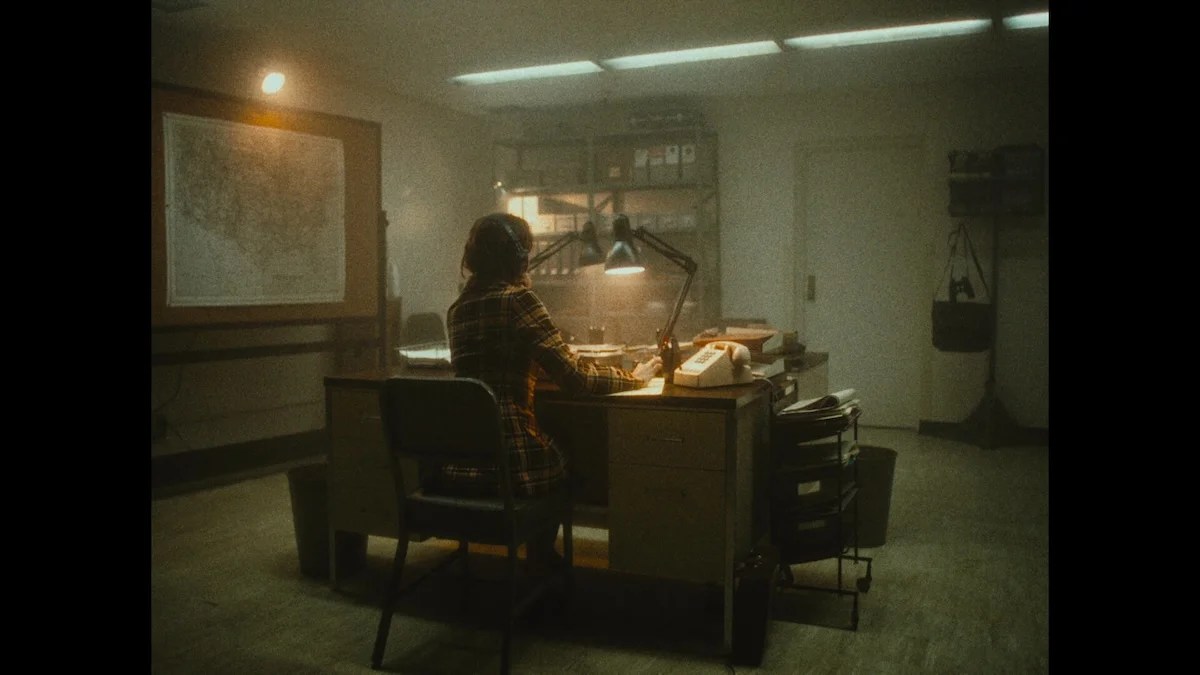The old adage about storytelling, so pervasive it’s basically a cliché, is “show don’t tell”. (So shouldn’t the word be “storyshowing”?) The idea is that the crafter of the story should not bluntly state or tell the themes and ideas of their work. Rather, they should present or show things happening that lead the viewer organically to the themes and ideas.
Over three 40-ish minute episodes, “Mastermind: To Think Like a Killer” does nothing but tell, tell, tell. A necessary evil of the true crime docuseries form, so often marked by talking heads and case files and the like? To an extent, but superior versions of this type of series use a keener sense of “telling” to reveal and deepen. “Mastermind” feels content with superficial, Wikipedia-level summary told at an aggressively rushed, and therefore unmoving, pace.
Don’t get it twisted: none of this is an indictment of the docuseries’ subject, Dr. Ann Burgess. If you enjoyed Netflix’s fictional crime series “Mindhunter,” you will likely find an interest in Dr. Burgess, as Anna Torv’s character is based on her. Dr. Burgess, a psychiatric nurse and professor, was one of the, well, masterminds behind the psychological profiling of serial killers and rapists, helping federal agents capture and understand the perpetrators of these heinous crimes. She is obviously an important, underappreciated figure in the world of criminal justice, and it’s a noble goal of showrunner Dani Sloane (“The Truth About Jim”) and superstar executive producers Dakota and Elle Fanning to produce a shining, borderline hagiographic examination of her life, attempting to springboard it into a broadly persevering form of state-sanctioned feminism.
“Attempt” is, unfortunately, the key word, as most techniques and sections of the series leave viewers confused or even annoyed. Director Abby Fuller, who worked with Sloane on the influential docuseries “Chef’s Table,” transplants some of that series’ immaculate aestheticization into her visual language, changing aspect ratios, framing her talking heads in unorthodox compositions, and rendering reenactments with a sort of fetishization of “grimy crime stuff” that recalls the trailer for horror-thriller “Longlegs” more than a respectful engagement with real acts of violence.
But these oft-tasteless predilections do nothing to offset the constructive sloppiness present throughout the work; soundbites are clearly Frankensteined together, visual edits are noticeably jagged, B-roll is misleadingly disseminated to force inaccurate conclusions, and one particular piece of taped audio from an interview with a killer is used so many times that it becomes unintentionally, perversely comical.
These taped interviews with the most notorious of killers (think Ted Bundy and Ed Kemper) should be bone-chilling, stopping viewers in their tracks until Dr. Burgess and her filmmakers reveal the game-changing psychological expertise that led to such ripples within law enforcement. These revelations never come. Instead, we receive a stimulus — a section of a taped interview or talking head summarizing a criminal — followed immediately by a conclusion; Dr. Burgess saying she figured it out, or another talking head telling us she figured it out. What we’re missing are some crucial journalistic questions: what did she figure out, and how? By eliminating the operating sign from the math equations, the documentarians present some raw numbers and variables and tell us what it equals. It’s sloppy storytelling math, proof without proof.

At times, “Mastermind” doesn’t even deign itself to go through these lowest common denominator moves. Many times, it will compress numerous people or events into a fast-forwarded montage, audio and video colliding over each other into incomprehensible cacophony (except for that one friggin’ repeated serial killer soundbite). By increasing the tempo, “Mastermind” thinks it can get away with a lack of concrete detail by sheer force of momentum. It does not.
When the show slows down, in some second and third-episode passages, it can occasionally find insight and nuance. In particular, the use of archival television footage helps paint a picture of society’s ever-regressive patriarchal attitudes. Men, both on the street and hosting professional television news programs, categorize rape as something women eventually want. Men take public credit for the techniques cultivated by Dr. Burgess, rippling through the culture in such a way that even Dr. Burgess’ “Mindhunter” analogue is third-billed behind two men. And men lambast Dr. Burgess testifying that the infamous Menendez brothers were sexually abused, callously conflating “explanation” with “endorsement” — with even John Malkovich catching a stray for an icky piece of “Saturday Night Live” hosting!
These passages, if unhelpful in explaining how to think like Dr. Burgess, help explain why we need people like her — and that helps take some steps toward earning the series’ rah-rah ending moments. But they’re too few and far between. The primary mode of “Mastermind” is “Person With Passing Interest In Criminal Justice Hastily Explaining Something They Heard About At A Cocktail Party.” Dr. Burgess’ mind deserves more.
“Mastermind: To Think Like a Killer” premieres Thursday, July 11, on Hulu.


Leave a Reply